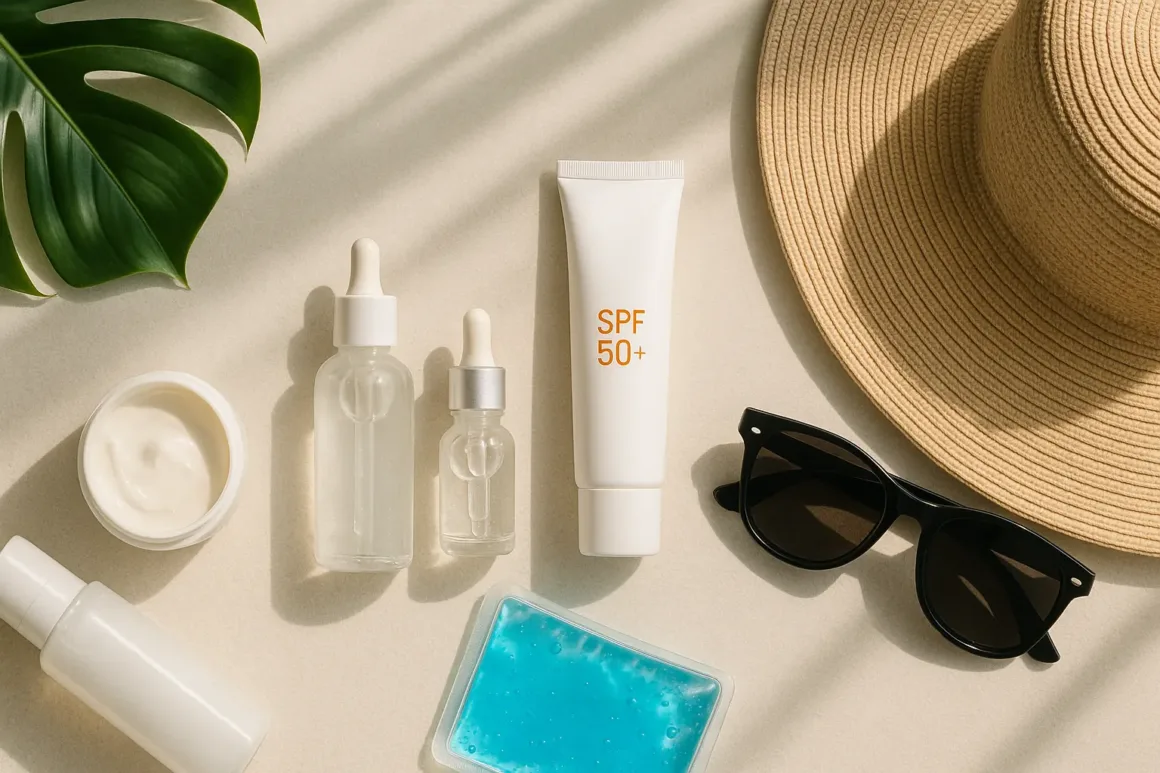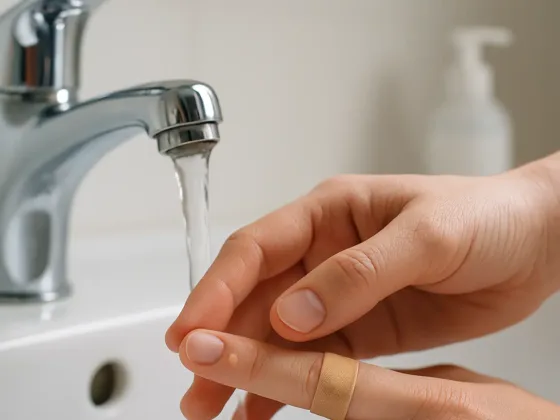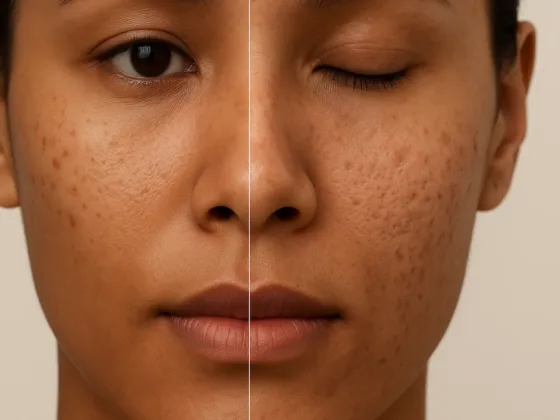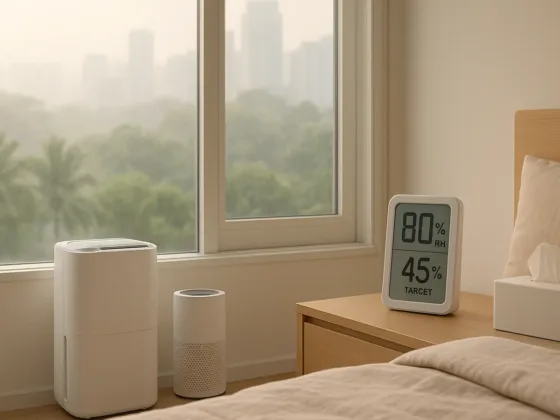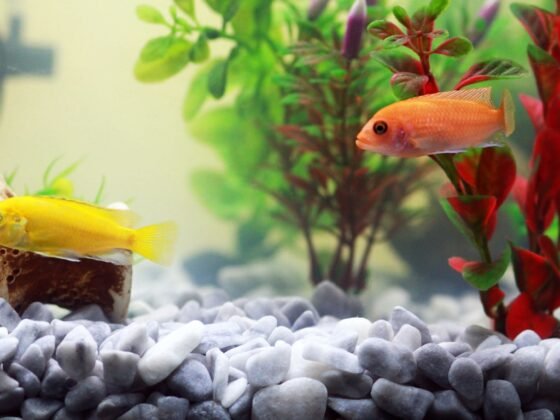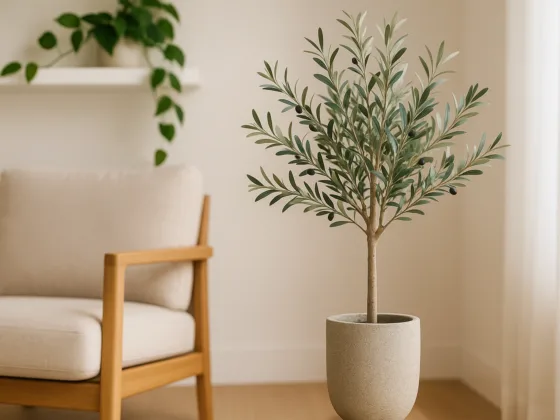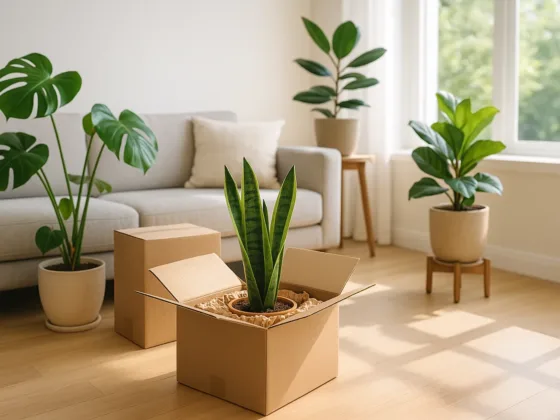Table of Contents Show
For many people in Singapore, achieving an even, radiant complexion doesn’t end when pigmentation fades — it’s what comes after that truly determines how long results last. Whether you’ve undergone laser therapy, chemical peels, or topical lightening treatments, post-treatment care is crucial to prevent stubborn dark spots from resurfacing. Following the right routine can help maintain results from your pigmentation removal treatment Singapore and keep your skin healthy, bright, and balanced over time.
Why Pigmentation Comes Back
Pigmentation recurrence is a common concern even after effective treatments. Melanin, the pigment that gives skin its color, is produced by specialized cells called melanocytes. These cells are sensitive to multiple triggers — UV exposure, hormonal changes, inflammation, and even heat — all of which can reignite pigmentation after it has faded.
The main culprits behind post-treatment pigmentation recurrence include:
- Sun Exposure
Even minimal UV exposure can activate dormant melanocytes. Singapore’s year-round tropical sun makes sun protection an everyday necessity. - Post-Inflammatory Hyperpigmentation (PIH)
Any skin irritation — even from acne or aggressive exfoliation — can cause localized pigment production. - Hormonal Fluctuations
Conditions like melasma are closely tied to hormonal changes, which means treatment must be combined with long-term maintenance. - Insufficient Aftercare
Many patients focus on treatment but neglect the crucial healing period afterward. Inadequate hydration, skipping sunscreen, or using harsh products can reverse progress.
The First 72 Hours: Healing and Protection
Immediately after a pigmentation removal procedure, your skin is in a vulnerable state. It needs time to recover from laser exposure, chemical peeling, or microexfoliation. During this phase, the goal is to support healing while preventing inflammation that could trigger new pigmentation.
1. Avoid Direct Sunlight
Stay indoors as much as possible and use broad-spectrum SPF 50+ even while indoors if near windows. UV and blue light can stimulate pigment-producing cells before the skin barrier is fully healed.
2. Keep the Skin Cool
Heat can worsen pigmentation. Avoid saunas, hot showers, and vigorous workouts that raise skin temperature. Instead, use cool compresses or thermal water sprays to soothe the skin.
3. Use Gentle, Barrier-Repairing Products
Opt for mild, fragrance-free cleansers and barrier creams containing ceramides or panthenol. These ingredients help restore the skin’s natural lipid barrier, which protects against environmental stressors.
4. No Active Ingredients Yet
Avoid exfoliating acids, retinoids, or vitamin C serums during the first few days. These can irritate the skin before it has fully recovered.
Week 1–2: Rebuilding Strength and Preventing Inflammation
As your skin begins to heal, you can start supporting the recovery process more actively. This stage focuses on maintaining hydration and reducing inflammation — both essential for preventing rebound pigmentation.
1. Introduce Hydrating Serums
Look for serums with hyaluronic acid and niacinamide. These ingredients draw moisture into the skin and strengthen the barrier while reducing redness and irritation.
2. Moisturize Consistently
Post-procedure skin tends to lose water easily, which can lead to dryness and microcracks. Apply a lightweight but emollient moisturizer twice daily to keep the skin supple and resilient.
3. Continue Strict Sun Protection
Sunscreen is non-negotiable. Reapply every 2–3 hours, especially if outdoors or working near windows. A physical sunscreen with zinc oxide or titanium dioxide provides reliable protection.
4. Avoid Picking or Scrubbing
If mild peeling or flaking occurs, let it happen naturally. Picking at skin can lead to post-inflammatory marks that undo treatment results.
Week 3 and Beyond: Maintenance and Pigment Regulation
Once the skin barrier is fully restored, it’s time to introduce active ingredients that help regulate pigment production and prevent recurrence.
1. Brightening Ingredients
Include tyrosinase inhibitors like arbutin, kojic acid, or tranexamic acid. These block melanin formation at the cellular level. Use them consistently but avoid layering multiple strong actives to prevent irritation.
2. Gentle Retinoids
Retinoids increase cell turnover and help fade residual pigmentation while improving overall skin texture. Start with a mild formulation two to three times a week at night.
3. Vitamin C Antioxidants
Vitamin C not only brightens skin but also protects against UV-induced damage. Apply it in the morning before sunscreen for maximum benefit.
4. Regular Professional Maintenance
Some patients benefit from scheduled touch-up sessions or mild maintenance treatments like light chemical peels or laser toning at intervals recommended by their dermatologist. These maintain long-term results and address new pigmentation early.
Lifestyle Factors That Affect Pigmentation Recurrence
Your daily habits can influence how your skin behaves after treatment. Even the best skincare routine can only go so far without lifestyle adjustments that minimize triggers.
1. Manage Heat Exposure
In Singapore’s tropical climate, heat can cause “thermal pigmentation,” where melanocytes activate in response to elevated skin temperature. Wearing breathable fabrics, avoiding prolonged sun exposure, and staying in shaded areas help control this.
2. Avoid Smoking and Alcohol
Smoking reduces oxygen supply to the skin, while alcohol dehydrates and inflames it — both increase the likelihood of pigmentation returning.
3. Maintain Hormonal Balance
Women prone to melasma should monitor hormonal changes from pregnancy, contraceptives, or menopause with professional guidance. Hormonal imbalance often reignites pigmentation even after effective treatment.
4. Sleep and Stress Management
Cortisol, the stress hormone, has been linked to pigmentation disorders. Practicing mindfulness, regular sleep, and light exercise can help keep hormone levels stable and skin clear.
Common Mistakes After Pigmentation Treatment
Many patients unknowingly reverse their results by neglecting certain precautions. Avoid these pitfalls to keep your results intact:
- Skipping Sunscreen Indoors: UV and blue light from screens and windows can cause re-darkening.
- Using Harsh Skincare: Alcohol-based toners, physical scrubs, or strong acids compromise the skin barrier.
- Restarting Actives Too Soon: Retinoids or peels reintroduced prematurely can trigger inflammation.
- Neglecting Follow-up Visits: Regular check-ins with your dermatologist ensure your routine stays suitable for your evolving skin condition.
Long-Term Maintenance Routine
Once your pigmentation has stabilized, maintaining skin clarity becomes a long-term practice rather than a short-term goal.
Morning Routine:
- Gentle cleanser
- Hydrating toner or mist
- Brightening serum (Vitamin C or niacinamide)
- Lightweight moisturizer
- Broad-spectrum sunscreen SPF 50+
Evening Routine:
- Cleanser
- Hydrating serum
- Retinoid or brightening serum (alternating nights)
- Barrier-strengthening moisturizer
Once or twice a week, you can include mild exfoliation with lactic or mandelic acid to remove dead cells — but always follow with deep hydration and avoid over-exfoliating.
What Dermatologists Emphasize
Dermatologists stress that pigmentation control isn’t just about fading spots — it’s about creating a stable skin environment that prevents their return. Post-treatment care works best when it’s consistent, gentle, and mindful of your skin’s needs.
Many specialists also highlight the role of medical-grade skincare in maintaining long-term results. Products prescribed or recommended by professionals are typically formulated for better penetration and stability, ensuring pigment inhibition at a cellular level.
Regular follow-up appointments allow dermatologists to monitor changes and adjust your regimen. For individuals prone to recurring pigmentation, periodic maintenance sessions can make a lasting difference in preserving even, healthy skin tone.
Final Thoughts
Pigmentation removal treatments can deliver transformative results — but those results depend on what you do afterward. Healing, hydration, and protection are the cornerstones of preventing recurrence. By following a careful post-treatment plan, practicing diligent sun protection, and maintaining long-term skincare discipline, you can ensure that your bright, even complexion lasts.
For those who want to sustain results and minimize future pigmentation risk, consulting a clinic that specializes in pigmentation removal treatment in Singapore can provide tailored aftercare advice and professional-grade solutions suited to your skin type and lifestyle.
